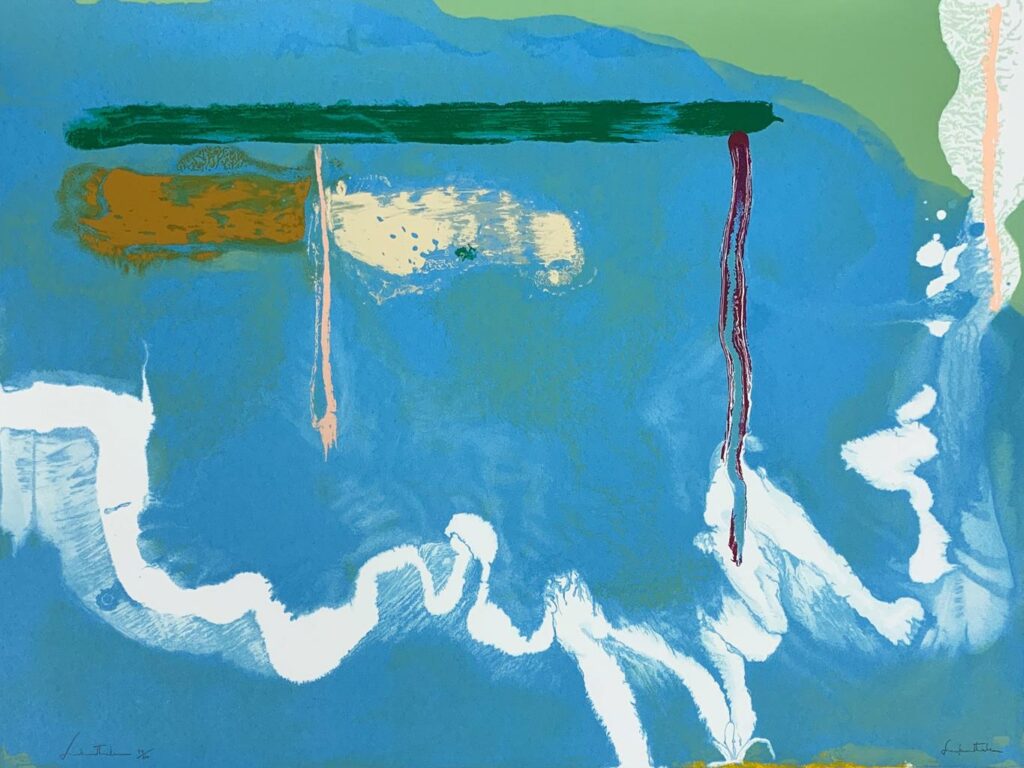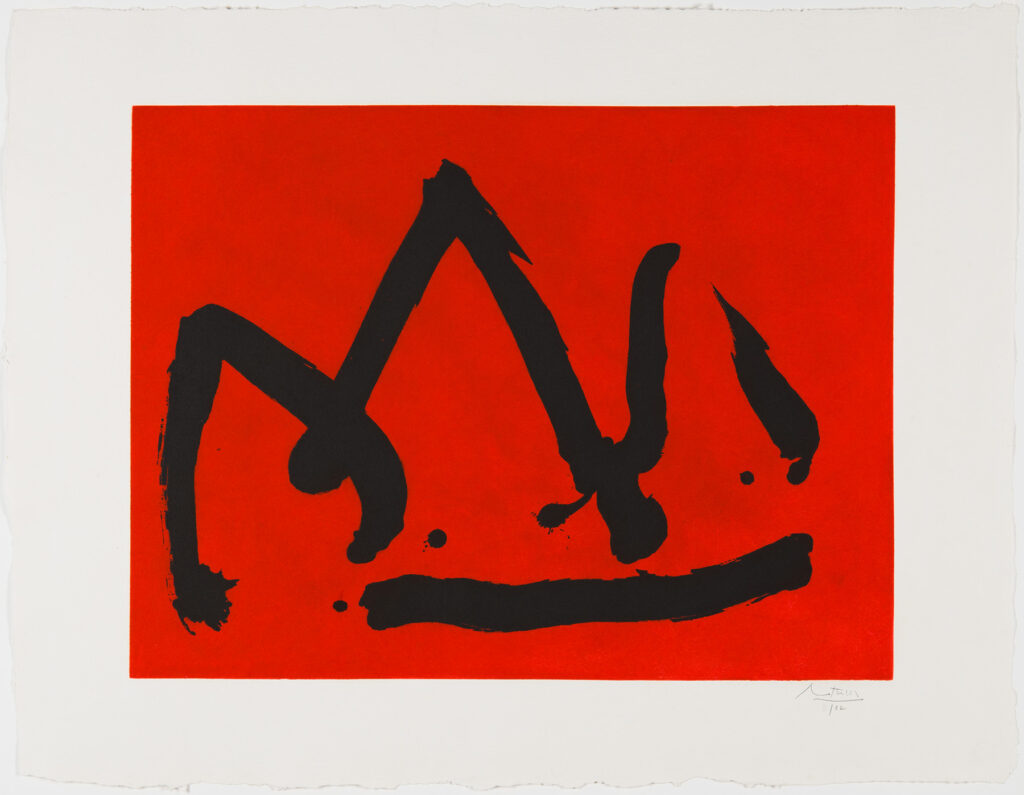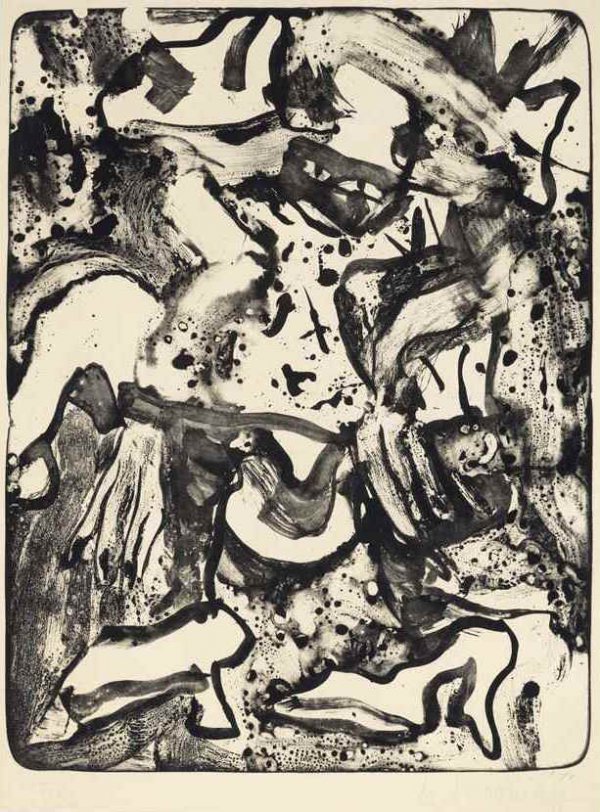Abstract Art Prints
Abstract art prints employ the visual language of shape, form, colour, and line to produce a composition that is somewhat independent from outside visual cues. From the Renaissance until the middle of the 19th century, the logic of perspective and an effort to replicate the illusion of visible reality had served as the foundation for Western art. By the turn of the 20th century, many artists felt compelled to produce a brand-new genre of work that would reflect the profound shifts occurring in philosophy, science, and technology. Individual painters took their theoretical ideas from a variety of sources, which were representative of the social and intellectual concerns that pervaded all spheres of Western culture at the period.

There are several names that are related: abstract art, non-figurative art, non-objective art, and non-representational art. Although they are similar, their meanings could not be the same.
Abstraction denotes a break from reality in an artistic representation of vision. It is possible for this deviation from correct portrayal to be modest, partial, or total. The concept of abstraction is a continuum. Since perfect depiction is unachievable, even art that strives for the utmost degree of realism can possibly be said to be abstract. Artwork that strays from the norm, changing colour and form in obvious ways, for example, is considered to be partially abstract. Abstraction to the fullest extent is devoid of all recognisable references. For instance, it is unlikely to find references to naturalistic entities in geometric abstraction. Absolute abstraction and figurative art are essentially incompatible. However, partial abstraction can frequently be seen in figurative and representational (or realistic) art.

Both lyrical and geometric abstraction are frequently wholly abstract. Fauvism, which conspicuously and purposefully distorts colour in relation to reality, and cubism, which modifies the forms of the real-world elements shown, are two of the many art movements that embody partial abstraction. Abstract art employs the visual language of shape, form, colour, and line to produce a composition that is somewhat independent from outside visual cues. From the Renaissance until the middle of the 19th century, the logic of perspective and an effort to replicate the illusion of visible reality had served as the foundation for Western art. By the turn of the 20th century, many artists felt compelled to produce a brand-new genre of work that would reflect the profound shifts occurring in philosophy, science, and technology. Individual painters took their theoretical ideas from a variety of sources, which were representative of the social and intellectual concerns that pervaded all spheres of Western culture at the period.
There are several names that are related: abstract art, non-figurative art, non-objective art, and non-representational art. Although they are similar, their meanings could not be the same.

Abstraction denotes a break from reality in an artistic representation of vision. It is possible for this deviation from correct portrayal to be modest, partial, or total. The concept of abstraction is a continuum. Since perfect depiction is unachievable, even art that strives for the utmost degree of realism can possibly be said to be abstract. Artwork that strays from the norm, changing colour and form in obvious ways, for example, is considered to be partially abstract. Abstraction to the fullest extent is devoid of all recognisable references. For instance, it is unlikely to find references to naturalistic entities in geometric abstraction. Absolute abstraction and figurative art are essentially incompatible. However, partial abstraction can frequently be seen in figurative and representational (or realistic) art.
Both lyrical and geometric abstract art prints are frequently wholly abstract. Fauvism, which conspicuously and purposefully distorts colour in relation to reality, and cubism, which modifies the forms of the real-world elements shown, are two of the many art movements that embody partial abstraction.
View many of today’s leading abstract printmakers here.
